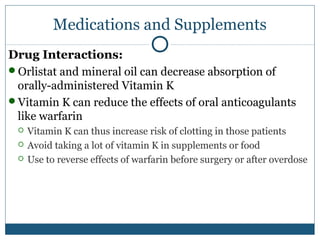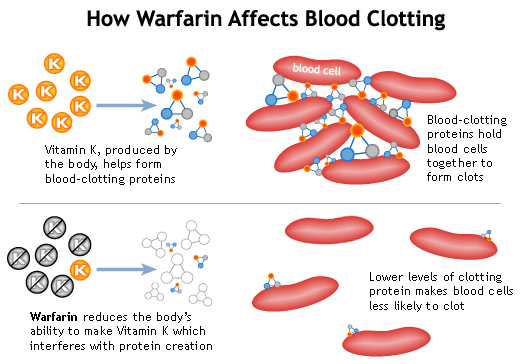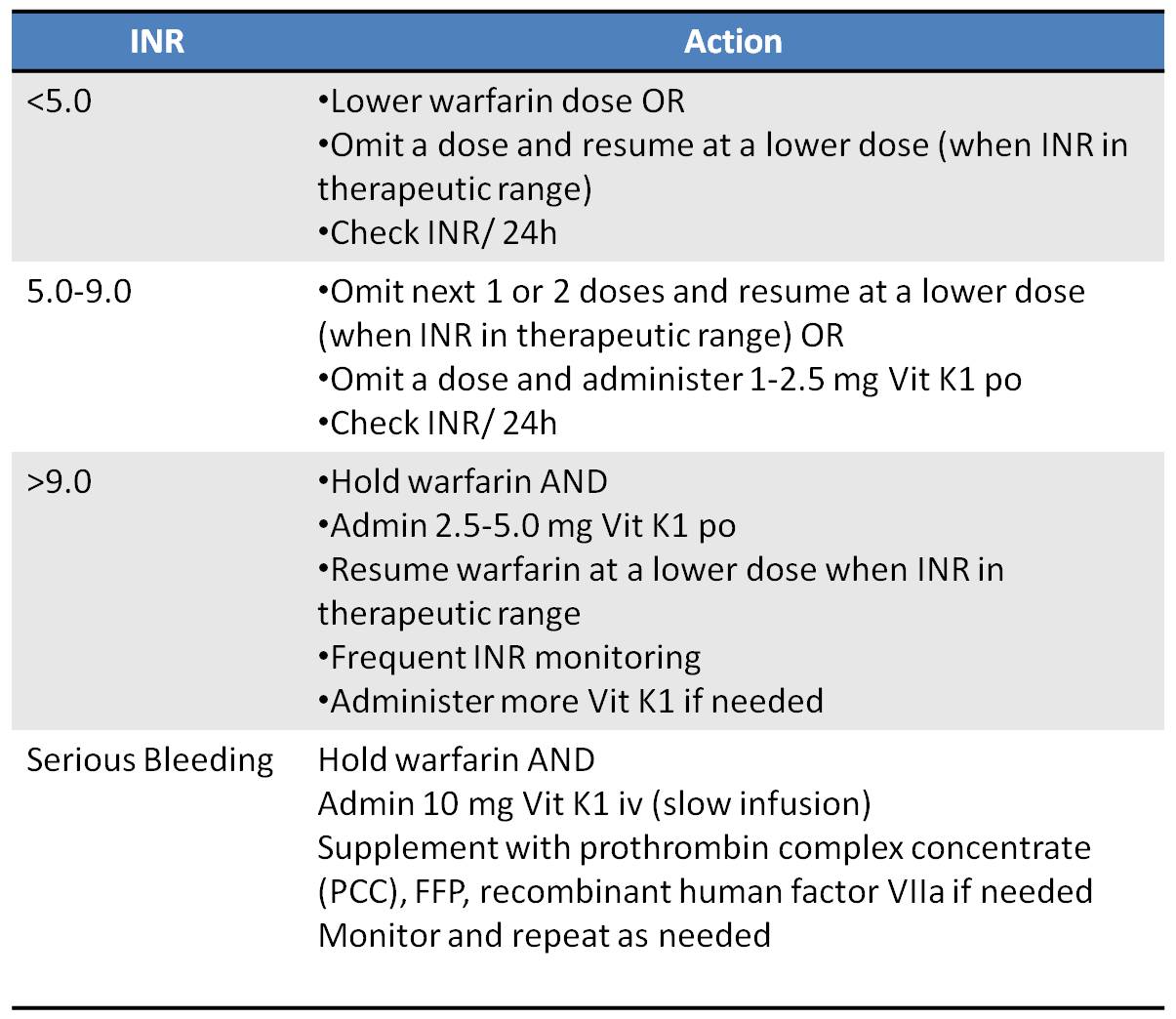
Case 2īoth cases demonstrate a potentially life-threatening coagulation disorder associated with deficiencies of vitamin K–dependent proteins. His PT and PTT were normal within the preceding year.


Factor V (1.33 IU/mL), factor VIII (1.66 IU/mL), and antithrombin III (1.1 IU/mL) were normal. Inhibitor screens were negative, thrombin time was normal, and specific coagulation factor assays were notable for prothrombin (0.11 IU/mL), factor VII (<0.01 IU/mL), factor IX (0.04 IU/mL), and factor X (0.10 IU/mL). At transfer, his coagulopathy persisted with a PTT of 129.8 seconds, a PT of 135.8 seconds, and an INR of 17.9. His nares were cauterized and packed, and hemostasis was achieved with fresh frozen plasma (6 U) and vitamin K (30 mg). The complete blood count was normal and no schistocytes were evident. His initial PTT was 92.2 seconds and PT and international normalized ratio (INR) were prolonged beyond the measured limit of 160 seconds and 14, respectively.

Clinical examination was notable only for blood in both nares and the absence of petechiae or purpura. Medications included aspirin, clopidogrel, atorvastatin, labetalol, hydrochlorothiazide, lisinopril, isosorbide mononitrate, and venlafaxine. Although these patients initially present to various medical specialties, the hematologist is often consulted to offer the definitive diagnosis and proper therapy.Ī 67-year-old man with a history of coronary artery disease previously treated with coronary artery stenting and for hypertension, hyperlipidemia, and depression presented with 2 days of epistaxis and hematuria. Treatment with large doses of oral vitamin K1, often over months to years, to maintain a near-normal prothrombin time can reverse the coagulopathy associated with superwarfarins. Immediate diagnosis and proper therapy is critically important to minimize morbidity and mortality because this condition, affecting thousands of patients annually, is reversible. These rodenticides are readily available household environmental hazards and are sometimes consumed accidentally or as manifestations of psychiatric disease. Superwarfarins are 2 orders of magnitude more potent than warfarin and have a half-life measured in weeks. Serious bleeding manifestations are common. Severe deficiency of vitamin K–dependent proteins in patients not maintained on vitamin K antagonists is most commonly associated with poisoning by or surreptitious ingestion of warfarin, warfarin-like anticoagulants, or potent rodenticides (“superwarfarins”), such as brodifacoum.


 0 kommentar(er)
0 kommentar(er)
